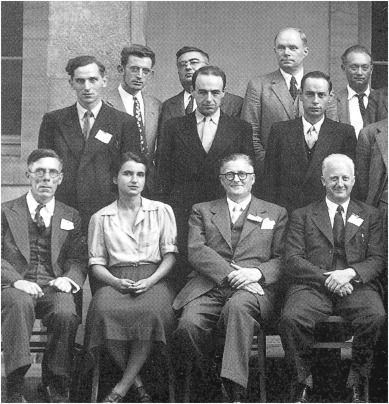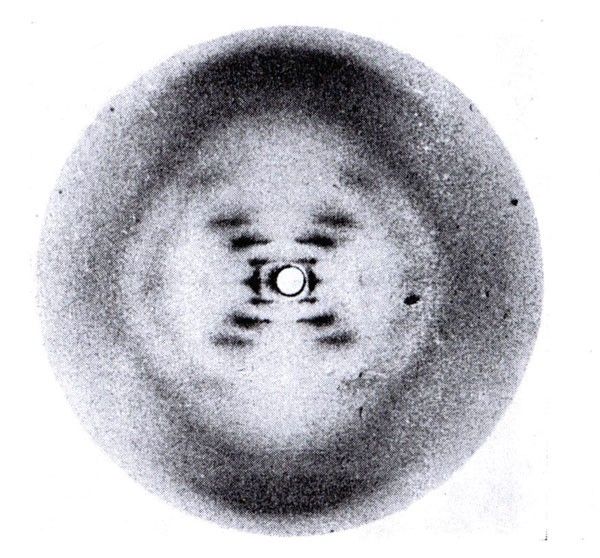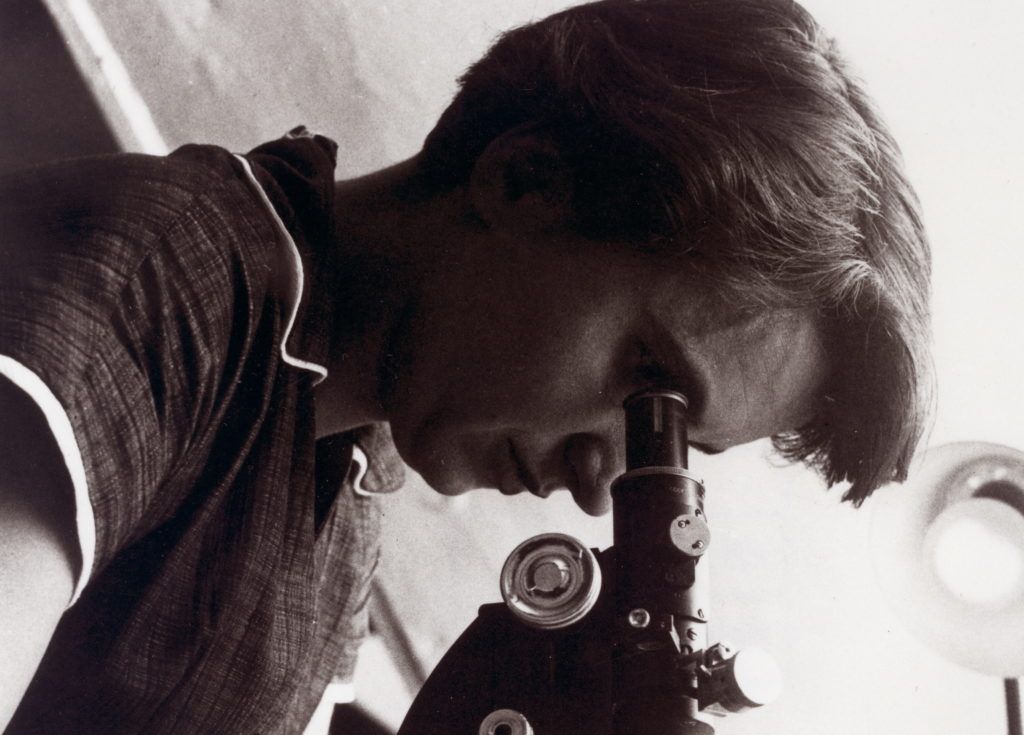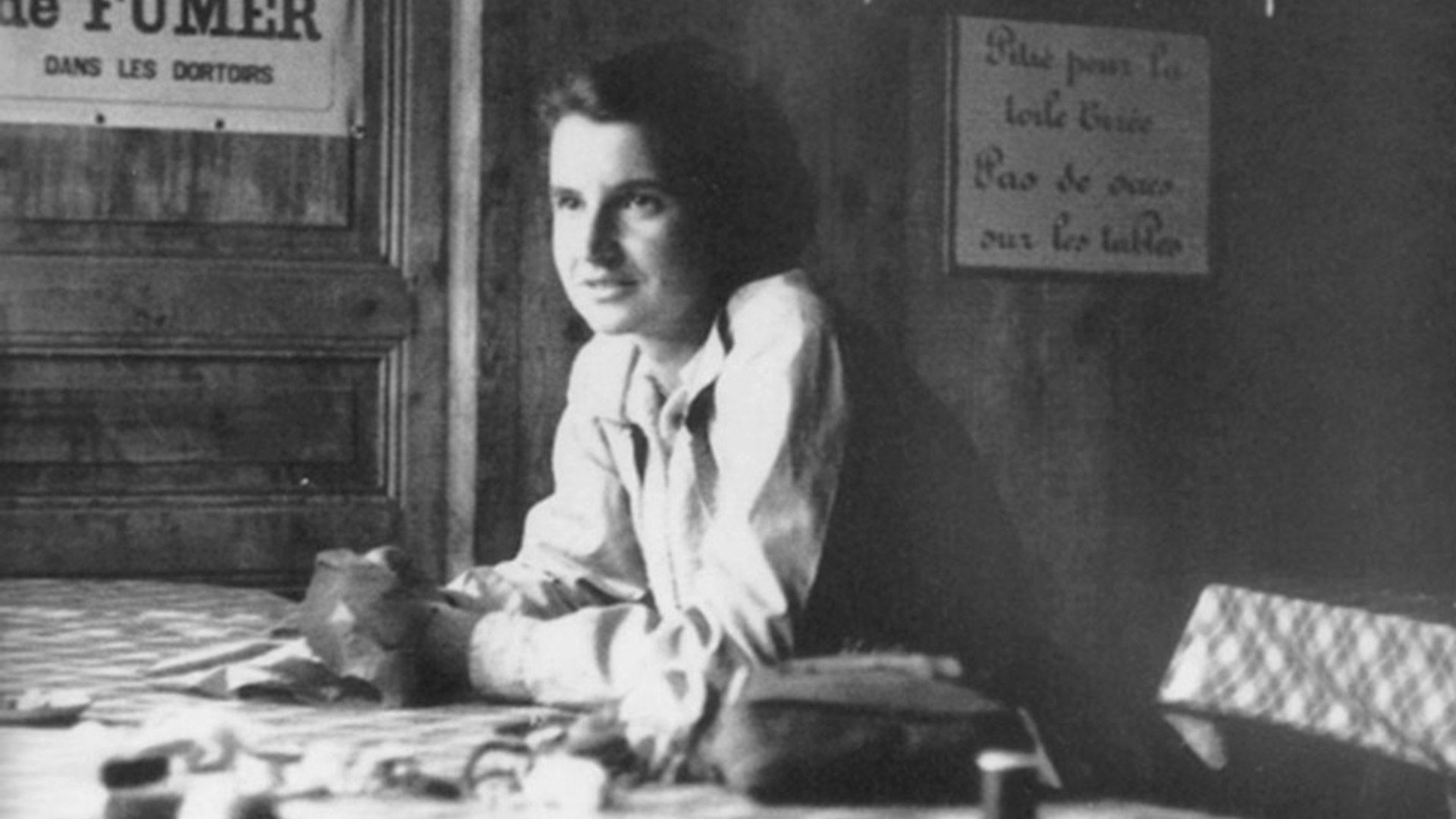Women's History Month: Rosalind Franklin
Today's feature for women's history month is Rosalind Franklin - a pioneer in helping discover the structure of DNA, viruses, and chemical research on coal and carbon.

Rosalind Franklin was born on July 25, 1920, in London, England. She was born into a family of Anglo-Jewish scholars who valued education and intellectual pursuits. Franklin first attended St. Paul's Girl's school before going to Newnham College, one of the two schools for girls at the University of Cambridge. Here she studied physical chemistry. With the ongoing threat of WWII, Franklin stayed at Cambridge and even served as a London air raid warden.
She then received a graduate research scholarship from the Department of Scientific and Industrial Research but sought tension with her supervising professor, R.G.W Norrish.
After assigning Franklin a project, she discovered an error in the project. Norrish refused to accept the findings and made her redo the experiments. Franklin wrote Norris "became most offensive" when "I stood up to him." Norris, on the other hand, told a biographer that he did not approve of Franklin's interest in "raising the status of her sex to equality with men."
In 1941 however, Franklin graduated and moved on to work for the British Coal Utilization Research Association. Here Rosalind investigated the physical chemistry of carbon and coal for war efforts. She used this research for her doctoral thesis in 1945 and received a doctorate from Cambridge. Her thesis was titled "The Physical Chemistry of Solid Organic Colloids with Special Reference to Coal and Related Materials."

Over the next few years, Franklin worked with Jacques Méring Laboratoire Central des Services Chimiques de l'Etat in Paris. Here, she became an expert at crystallography or x-ray diffraction. Here, the structures of different carbons were revealed and opened new doors for industrial uses of carbon. This aided in the development of heat-resistant materials. By the age of 30, Franklin was an international expert on carbons. She had numerous publications in peer-reviewed journals to her credit.
In 1950, Franklin was awarded a three-year research fellowship at the biophysical laboratory at King's College in London, focused on studying changes in protein solutions. Franklin, however, changed routes after starting. After receiving a specially prepared nucleic gel, Franklin was instructed to use her skills in x-ray diffraction to study the structure of DNA.
Her first eight months at the lab were spent with Raymond Gosling, both working closely to design and assemble a micro-camera. The camera would help them understand the conditions needed to get an accurate diffraction image. to understand the conditions necessary to get an accurate diffraction image of DNA. In May of 1952, Franklin, with the help of Gosling and their camera, suspended a tiny DNA fiber the width of a hair strand and inundated the fiber with an x-ray beam for one hundred hours of exposure under controlled relative humidity. Diffracted by the electrons, the rays produced a pattern on a photographic plate. Then, Franklin performed many mathematical computations to analyze the pattern and reveal the structure of DNA. In April of 1953, Franklin published Photo 51 in the journal Nature.

In that same issue, Cambridge scientists James Watson and Francis Crick also announced their discovery of double-helix DNA. Franklin's data confirmed this new model. However, it isn't clear if Franklin knew her research helped inspire or construct this.
In Early in 1953, Raymond Gosling showed Photo 51 to biophysicist Maurice Wilkins, who in turn showed it to Dr. Watson. Watson grasped the helical structure as an essential part of the replication of DNA and would write about it in his book, "The Double Helix."
Photo 51 was captured by Franklin through X-ray diffraction in May of 1952. It showed the B form of DNA and contained much imperative information about the structure of DNA. She discovered DNA exists in two forms - A and B.
Franklin left King's College in early 1952 and accepted a position at Birkbeck College's Biomolecular Research Laboratory. One week before the Photo 51 was published, J.T. Randall, the head of the biophysics unit at King's College, instructed her to stop working on DNA. However, by this point, Franklin was already studying plant viruses. Here she would lead her team in finding the structure of the tobacco mosaic virus.

By the mid-1950s, Franklin was at the top of her field, was constantly sought after as a speaker for scientific conferences, and was a published author; she struggled to fight for status and pay, lacked job security, and struggled to obtain funding and equipment.
After her fellowship with Birkbeck ended, she received a contract for virus research at the Agricultural Research Council, which offered a reduction in salary and refused to rank her as 'principal scientific investigator.' Franklin wrote back to ARC that her work at Birkbeck was "probably the most fundamental of all questions concerning the mechanisms of living processes, namely the relationship between protein and nucleic acid in the living cell...Moreover, in no other laboratory, either in this country or elsewhere, is any comparable work on virus structure being undertaken."
She thrived on many collaborations with other scientists on coal and virus research. However, in 1956, Franklin was diagnosed with ovarian cancer. She continued working and traveling during periods of remission. During this time, she continued to push for financial compensation for her research at Kirkbeck, where he had been asked to build models of viruses for the Brussels World's Fair. She died on April 16, 1958, at thirty-seven years old. The following day, the Brussels World's Fair opened, where five-foot-tall models of Franklin's work were displayed and grew significant interest in the international Science Hall.

In 1962, Four years after Franklin's death, Watson and Crick accepted Nobel Prize for the discovery of the structure of DNA, while Franklin's critical discovery went unnoticed. By the end of her life, Franklin had published 19 papers on coals and carbons, five on DNA, and twenty-one on viruses. Just before her death, she and her team began resdearching the deadly polio virus. The discovery of the structure of DNA marked a turning point in the biological sciences - the new science of molecular biology was born.



